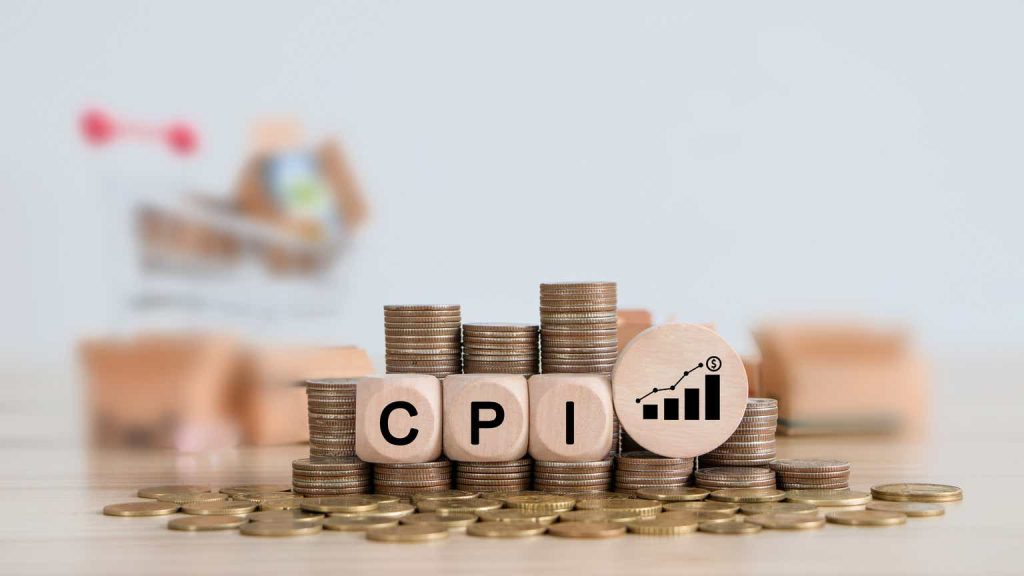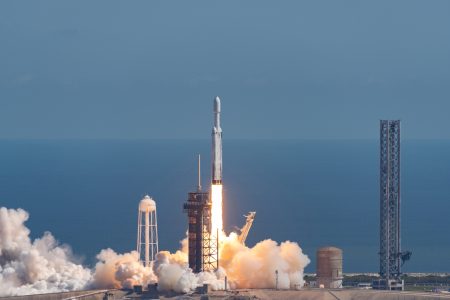Listen below or on the go on Apple Podcasts and Spotify.
Retail inflation keeps declining, but rents prove stubborn. (0:16) Nike could be the next activist target.. (3:33) Premier League turns to AI for offsides. (3:58)
This is an abridged transcript of the podcast.
Our top story so far.
You can’t always get what you want. But if you try sometime, you just might find, you get what you need.
The big July CPI report failed to deliver the anticipated market excitement, coming in almost exactly as expected. But digging down, there was something for bulls, bears, doves, and hawks.
Both headline and core CPI, which excludes food and energy, rose +0.2% for the month, in line with forecasts. The CPI dipped to 2.9% annually, a bit lower than the expected 3%, while the core rate fell to 3.2% year-on-year, as anticipated.
The market reaction was mixed, with stocks slightly higher but choppy, and near-yields also slightly higher.
What gave doves satisfaction was retail inflation moving further towards the Fed’s target of 2%.
Skyler Weinand, chief investment officer at Regan Capital, says that’s enough for a quarter-point Fed rate cut in September, “as a deeper 50 basis point rate cut would cause more harm than good as the Fed would be signaling that they’re worried about the health of the economy.”
“The Fed wants to show a measured pace in their interest rate movements, which 25 basis point increments show. A 50-basis-point rate cut would signify calamity and may actually shock the stock and bond markets,” he added.
Still, the hopes for a half-point cut were hardly shattered. The tumbling dice of traders still price in a 45% chance.
What was hawkish about the report? It left many shouting gimme shelter (disinflation).
Michael Ahston, who writes the Inflation Guy blog, notes that shelter “is the biggest and stickiest piece, and the foreordained deceleration of shelter is part of the religion of everyone who thinks we will decline to 2% core inflation and remain there (which is basically where breakevens are these days).”
“Bad news – this month, Primary Rents rose 0.49% m/m and OER rose 0.36%, compared to 0.26% and 0.28% last month. This is where it’s useful though, to look at the y/y numbers. That big surprise in Primary Rents produced an unchanged y/y number, and OER still decelerated to 5.30% from 5.45%.”
There are still plenty more numbers to come before the September FOMC meeting. But only a week before the Jackson Hole symposium, many market participants are expecting Chairman Jay Powell to yell “Start me up!” and signal the beginning of the easing cycle next month.
Among active stocks, Victoria’s Secret (VSCO) rallied as it announced a leadership shuffle, with Hillary Super replacing CEO Martin Waters and becoming a member of the board, effective Sept. 9. Super brings nearly three decades of retail merchant expertise, having served as the CEO of Rihanna’s lingerie brand most recently.
The company also shared its preliminary results for Q2, expecting net sales and earnings to fall within or exceed previously issued guidance ranges. The retailer sees net sales falling 1% to 2% (prior guidance: -1% to -3%), with adjusted EPS of $0.34 to $0.39 (prior guidance: $0.05 to $0.20), which is well above Wall Street estimates of $0.16.
Tencent’s (OTCPK:TCEHY) (OTCPK:TCTZF) second-quarter revenue rose 8% year over year, driven by recovery in its gaming business following the release of the new hit game “Dungeon & Fighter Mobile” in May.
Total revenues for Tencent, a video game company and operator of WeChat messaging service, came in at $22.6 billion, above estimates.
Nike (NKE) could be the next activist target after the Starbucks (SBUX) CEO move. Former Deckers (DECK) CEO Dave Powers would be a great candidate to take over as the shoe company’s top exec, especially after he retired this month, according to Don Bilson, head of events-driven research at Gordon Haskett.
Making an executive change at Nike is not the same as at Starbucks, though, as Phil Knight controls the shoe behemoth’s board.
In other news of note, are you ready for some football (or soccer, which is in fact a term created in England to describe the sport of association football)? The new Premier League season is set to kick off, and at some point, the league will be doing something about the much-maligned video assisted referee system.
Genius Sports (GENI) announced that it has been appointed as the Premier League’s Semi-Automated Officiating supplier. The company highlighted that its involvement is expected to improve offside decision-making in the most watched soccer league in the world.
The semi-automated offside technology is powered by GeniusIQ, which is Genius Sports’ next-generation AI and data platform. The company said the first-of-a-kind system has been built on the key principles of speed and precision to minimize breaks in the game and deliver accuracy.
The proprietary Genius Sports computer vision system will be installed in every Premier League stadium. The level of data collection was noted to exceed any other officiating system in world sport.
And in the Wall Street Research Corner, we move from the macro to the sector level.
Barclays offered an update on the technology supply chain outside of Asia.
For Nvidia (NVDA), even though the company’s Blackwell line of GPUs will be delayed for a period of time, it hasn’t impacted the supply chain yet or the company’s upcoming quarterly results, according to analyst Tom O’Malley.
Looking ahead, any expansion in capacity could provide further upside in Nvidia’s compute-related revenue, with the question then being how smooth of a transition there will be between Hopper and Blackwell. O’Malley said the delay could be as little as two weeks, but others have said it could be longer due to issues with co-packaged die.
“To us, this seems like the normal cadence of a qualification cycle, not a material design flaw. The current testing capacity for Blackwell is expected to reach over 200K units by year-end with Q125 at 250K.”
O’Malley noted that Coherent (COHR) and Marvell (MRVL) are the two companies best positioned based on that, as both should benefit from the launch of Blackwell and the higher speed networking required.
Lastly, O’Malley said he has “growing confidence” that an Apple (AAPL) iPhone SE will be launched in the first-half of 2025, but there are still questions about what type of modem the phone will use.
Editor’s Note: This article discusses one or more securities that do not trade on a major U.S. exchange. Please be aware of the risks associated with these stocks.
Read the full article here
















